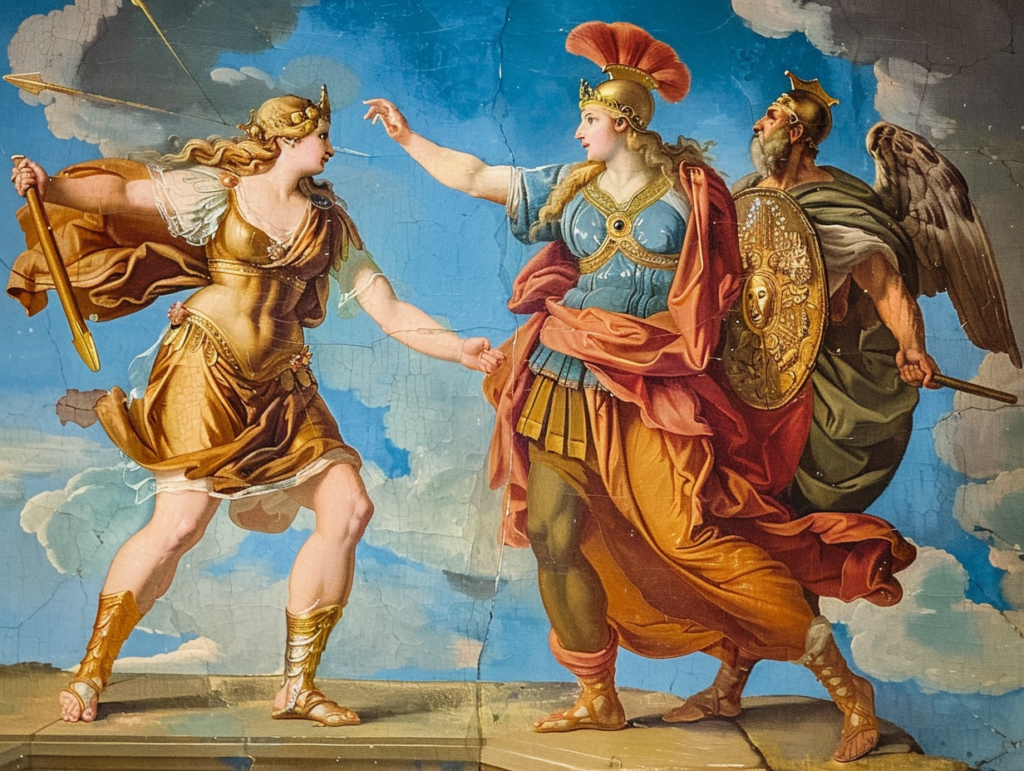The dual theme of my A to Z Challenge this year is the world of Commodities and Poetry Forms so the juxtaposition of these two themes may throw up some strange poems – could be a Heroic Ode to Heating Oil or will it merit a Haiku or a Haibun – whichever, I will be endeavouring to bring you interesting facts about commodities that may change the way you think about the stuff we variously depend on…
By commodity I mean certain items that are of both sufficient value/volume to be traded in special markets and are generally volatile enough to attract traders in “Futures” which are a way of hedging bets in the trading world of stocks, shares and commodities.
The A to Z Challenge runs throughout April and will consist of 26 posts – there are only a couple of letters for which I couldn’t find commodities but plenty of poetry forms to carry the day!
Worldwide Trade in Palladium in 2022 – $29.4 Billion
To be a Commodity, a substance has to be both important and tradeable on a sufficiently large scale and so most of the commodities are easily recognisable items such as iron, cocoa and orange juice – but in Palladium, we come to an element, for such it is, that most people will, if they even know the name, have no idea as to what it is or why it is sufficiently important as to be a tradeable commodity. Yet if you drive a car with a catalytic converter, are fond of white gold or are diabetic and use testing strips, you are (like rats) closer than you know to a small amount of Palladium.
You may not have heard of Palladium, but its sibling is Platinum and grouped together in the Periodic Table, the members of the Platinum Family (platinoids, platinides, platidises, platinum group, platinum metals, platinum family or platinum-group elements) consist of ruthenium, rhodium, palladium, osmium, iridium, and platinum. As is often the case with elements found close together in the Periodic Table, they have similar properties – their main characteristic has determined their greatest utility – they have many catalytic properties and so the major driver of Palladium as a commodity is the demand for Catalytic Converters in car exhaust systems. Incidentally, palladium recycles well and so there is a trade in used catalytic converters which sadly also drives the theft of them too…
As early as 1700, miners in Brazil were aware of a metal they called ouro podre, ‘worthless gold,’ this demonstrates that alloys can occur in nature – and ouro podre is a native alloy of palladium and gold and today, Palladium is one of the metals alloyed with gold to make “white” gold for those who don’t want the gold colour but want jewellery that is stronger and less tarnishing than silver. However, these native metal sources are not where Palladium is commercially extracted from – the ores are limited to four main sites in the world and 37% of the Palladium sold comes from Russia. So once again, Putin’s unwarranted war on Ukraine and the sanctions that followed it, have been a major lever in the trading prices of Palladium just as we have noted they were in oil and gas prices. Incidentally, every commodity has a Trading Identity Number and for Palladium it is HS Code 71102900.
Lastly, Palladium was named by its discoverer (as an element) William Hyde Wollaston in 1802 after the asteroid 2 Pallas, which had been discovered two months earlier. The nymph Pallas was killed by her childhood friend – Athena – daughter of Zeus who – seeing Athena and Pallas sparring, wanted Athena to win and distracted Pallas who was then accidentally impaled by Athena’s spear and Athena was thenceforth known as Athena Pallas. As recompense for killing her friend, she created a STATUE that looked like Pallas and she named it the Palladium which was later housed in the city of Troy. Pallas Athena had many responsibilities as Goddess of War, Wisdom and Health which is a rather mixed job description…

And so to the “P” poem for today. I had a choice of a Pantoum – a form with a lot of repeating lines giving an incantatory feel which didn’t feel right and so I am going to go with another poetry movement, this one before the Second World War. The Pylon Poets made reference to, if not celebrating, modern technology – taking their name from a poem by Stephen Spender called The Pylons. Other Pylon Poets included W. H. Auden, Cecil Day-Lewis and Louis MacNeice. Most famously was perhaps W.H. Auden’s Night Mail which was also made into the soundtrack to a short film. I have chosen the Duplex form which is one of my favourites for the way each couplet passes a theme on to the next one creating a great sense of progress.
Palladium
Palladium which celebrates poor Pallas
Was first a statue made by her killer
The wooden statue was protector of Troy
A job not done so well so history tells
Her story languished for many decades
Later her name graced a minor planet
When telescopes revealed the heavens
Then science paid yet another tribute
When Wollaston found another element
With minor use named for a minor body
But now we crave the miner’s hard-won produce
for catalysis, jewellery and more
At last we found purposes for “useless gold”
Palladium which celebrates poor Pallas
© Andrew Wilson, 2024


